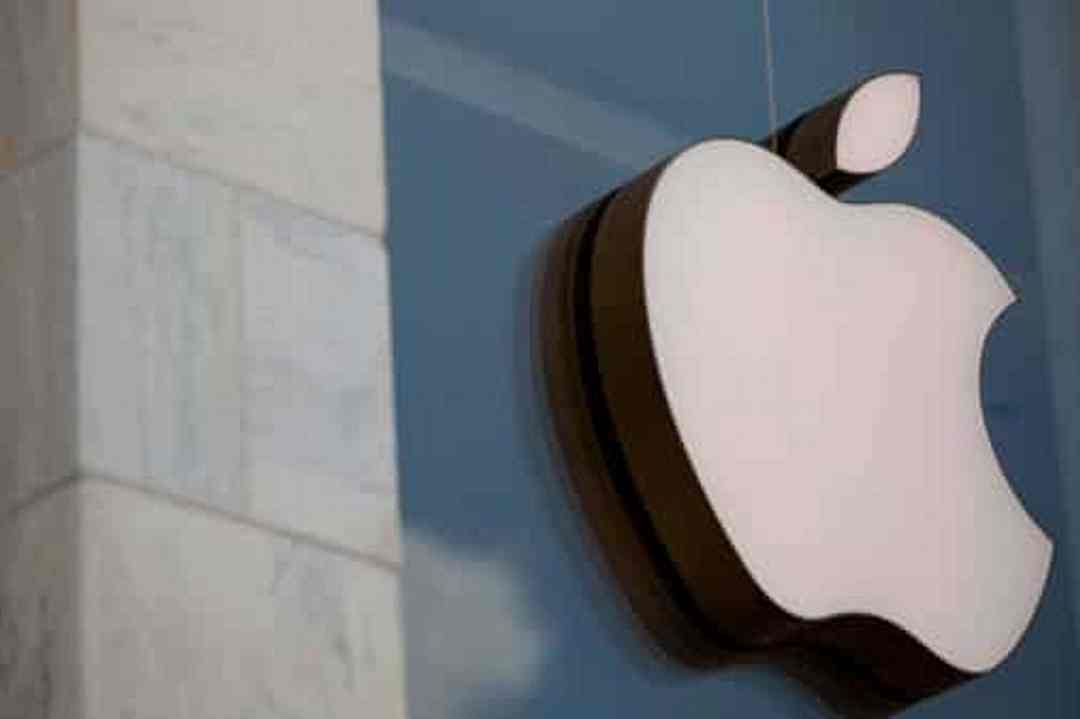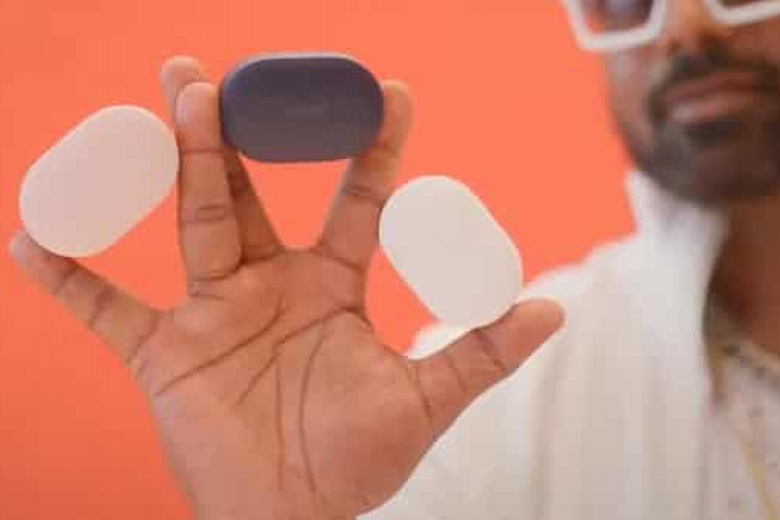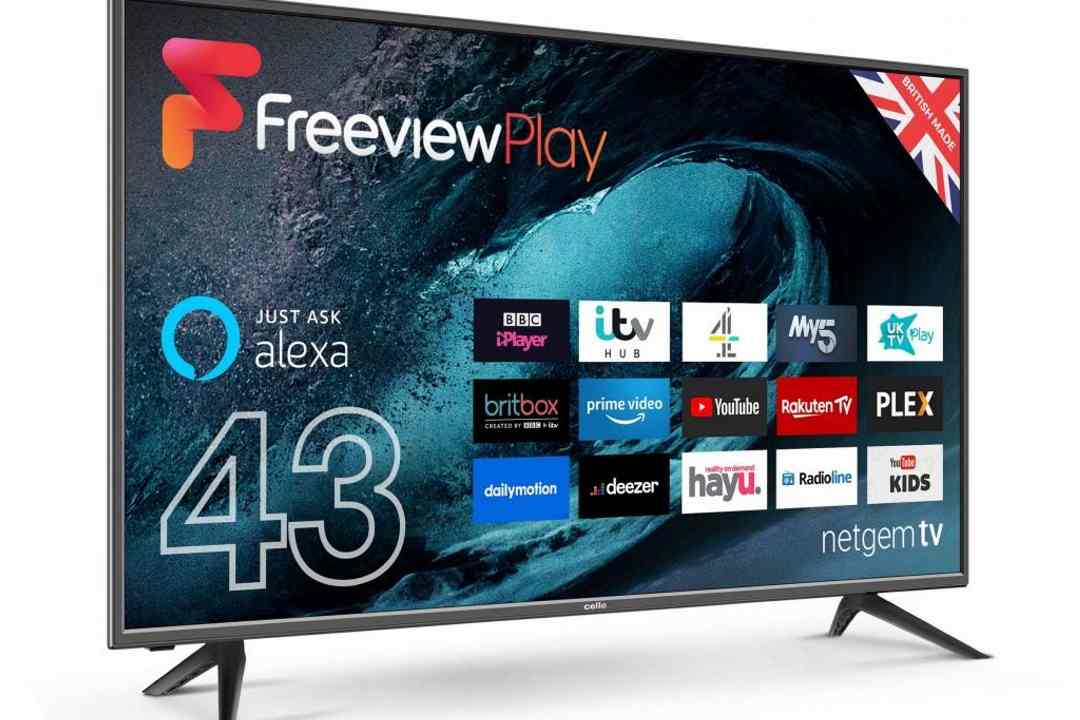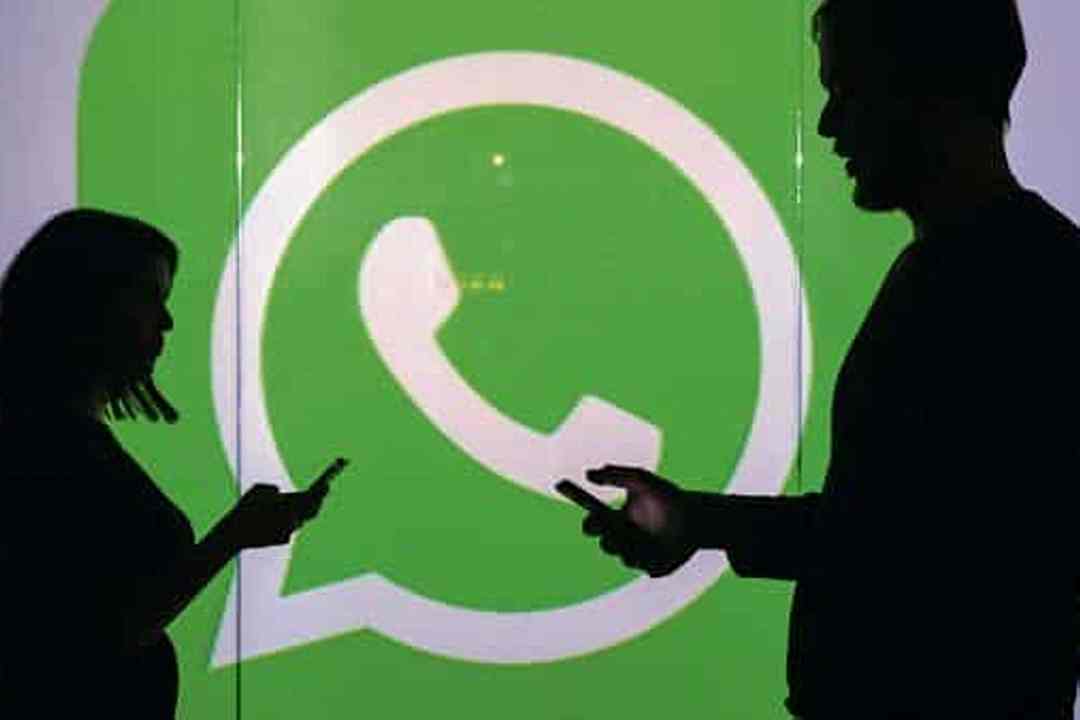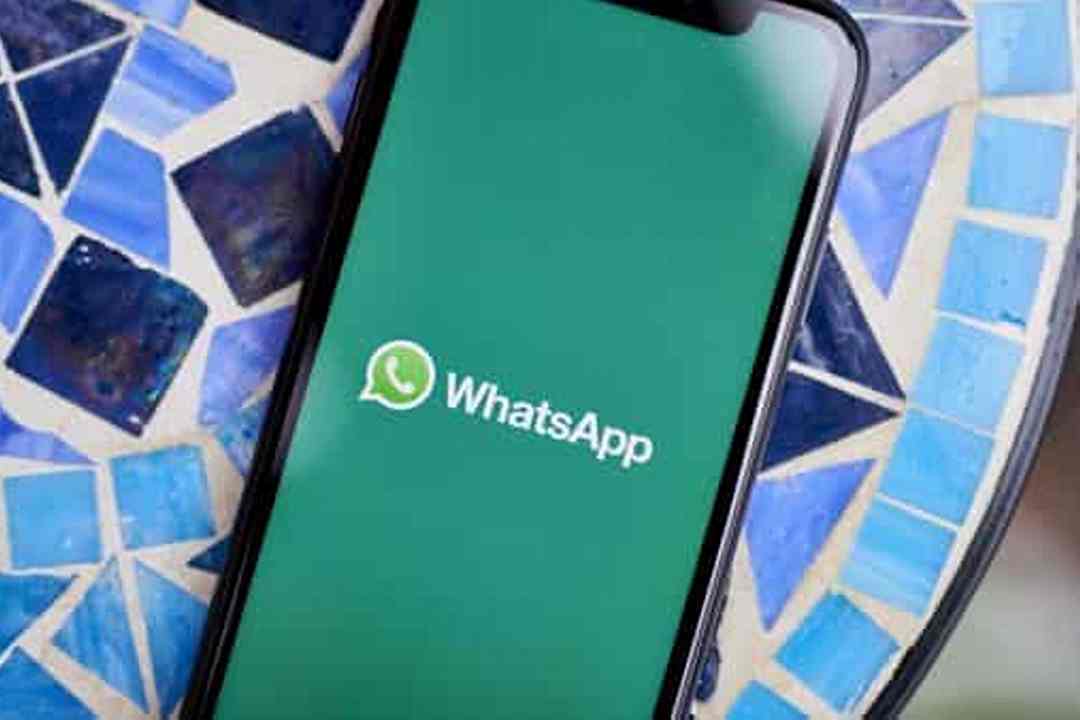
Here are some handy facts:
#1: You use your hands to hold your smartphone.
#2: Your hands stopped growing around late adolescence.
#3: These days the best smartphones are the size of a garage door.
You can see why the arrival of the iPhone 12 Mini—a phone sized to fit the appendages you actually hold it with—is such an anatomically historical event.
The Mini, which goes on sale Friday for $699 and up, differs only in size, price and battery life from the $799 iPhone 12. I wish it were that simple this year, but there are actually four iPhone 12 models. I’ve now reviewed them all. Here’s a quick guide to get you to the right one:
iPhone 12 Mini ($699 and up) and iPhone 12 ($799 and up): Your best choices if you don’t want to spend a grand, they have 5G, a new design and two rear cameras. The Mini has a 5.4-inch screen; the 12 has a 6.1-inch screen—otherwise, they are identical. I have already reviewed the iPhone 12’s 5G and camera features so won’t be focusing on that here.
iPhone 12 Pro ($999 and up) and iPhone 12 Pro Max ($1,099 and up): These are if you want the best. They also have 5G and new designs but the real upgrade is in the trio of cameras. The 6.1-inch 12 Pro is already out, while the humongous, 6.7-inch 12 Pro Max, with even better cameras, arrives Friday. I reviewed that separately since no human alive is on the fence between a compact phone and an enormous one, especially with the $400 difference in price.
TOP GADGETS
See All
Now back to why the Mini is such a big deal: For the first time in years, you can get Apple’s latest screen, cameras and processor without also needing fingers as long as E.T.’s. It comes so close to being the only no-compromise compact phone on the market except for one thing: It is missing the iPhone battery-life gains of the past year or two.
Size Matters
Like a mini fridge or Mini Cooper, the iPhone 12 Mini is only relatively small. Put it next to the iPhone 12 Pro Max and you want to feed it with a baby bottle. Put it next to an iPhone 5, with which it shares a very similar squarish design, and it looks like 7-foot-6 Yao Ming.
Now, if you are coming from an iPhone 6, 7 or 8 model—that rounded design with the home button and 4.7-inch screen—the Mini is a tiny bit smaller and lighter, despite having a much roomier 5.4-inch screen.
And that is the biggest selling point: This phone will fit so comfortably in your hand—unless you happen to be Yao Ming. Let me remind you of what that is actually like:
• You can comfortably type with just one thumb, and reach icons on the other side of the home screen without shifting your hand.
• You can use just one hand to snap a photo and not drop it on the ground—or in a pool, elevator shaft or drainage grate.
• You can talk on the phone—putting it up to your ear—without blocking and greasing up your whole face. (And in case you were wondering, call quality when you do is good).
• You can hold up your phone while lying down without fear it will slip and give you a bloody nose. (Not that that ever happened to me or anything.)
And if you are coming from that iPhone 6 design, the OLED screen will be a big upgrade in contrast and resolution. Stepping down from a larger iPhone X model? Be careful. You might prefer the grip but you will quickly find the screen claustrophobic when watching videos and checking email.
Comparison Matters
For people who want a small iPhone, Apple gives a pretty stark choice. There is the Mini, which holds its own; then there is the $399 iPhone SE, which works fine but feels antiquated right out of the box.
In my tests, 5G was just as speedy on the Mini as on the larger models. Of course, at this point, your 5G speeds depend more on where you are than what you are holding, but the SE is stuck with just 4G.
The Mini’s rear wide and ultrawide cameras are great—especially in comparison with the SE’s single camera. Pet owners will also be happy to know the Mini’s wide camera supports portrait mode with furry friends. The SE’s single rear camera doesn’t. The Mini’s lowlight shots also were far better than the SE’s, even without Night Mode. The SE doesn’t have that feature, either.
Like the other iPhone 12 models, the Mini has MagSafe magnets in the back so you can attach new cases and accessories and charge the battery via Apple’s MagSafe wireless charger. (Here are my better recommendations for charging iPhones—the new models no longer come with charging adapters.)
The $300 difference between the Mini and the SE is clear, though I am sure some will go out of the way to buy an SE because it is the last iPhone with a fingerprint sensor.
Battery Matters
Every day with the Mini was wonderful—until around 5:30 p.m., when the low-battery notifications began. On a few days, the phone was dead by 8:30 p.m. That was even the case when I wasn’t hammering away taking photos or testing 5G.
The iPhone 12, iPhone 12 Pro and Pro Max, which can hold larger batteries, all get me to my 11 p.m. bedtime—if not past it. Disabling 5G and lowering screen brightness on the Mini did help.
My YouTube streaming results showed the same thing: The iPhone SE lasted 8 hours, the iPhone 12 Mini went about 10½ hours, and the other three iPhone 12 models went beyond 14 hours.
My battery anxiety disorder (BAD) dissipated over the last few years, thanks to a combination of bigger iPhone batteries, more efficient screens and better software. With the Mini, the uncomfortable feeling is back.
So if you are facing an iPhone decision right now, ask yourself: Do I go with the bigger iPhone 12 and hope my fingers stretch to meet my needs, or go with the Mini whose battery can’t stretch until bedtime? The decision is now in your hands.
This story has been published from a wire agency feed without modifications to the text


